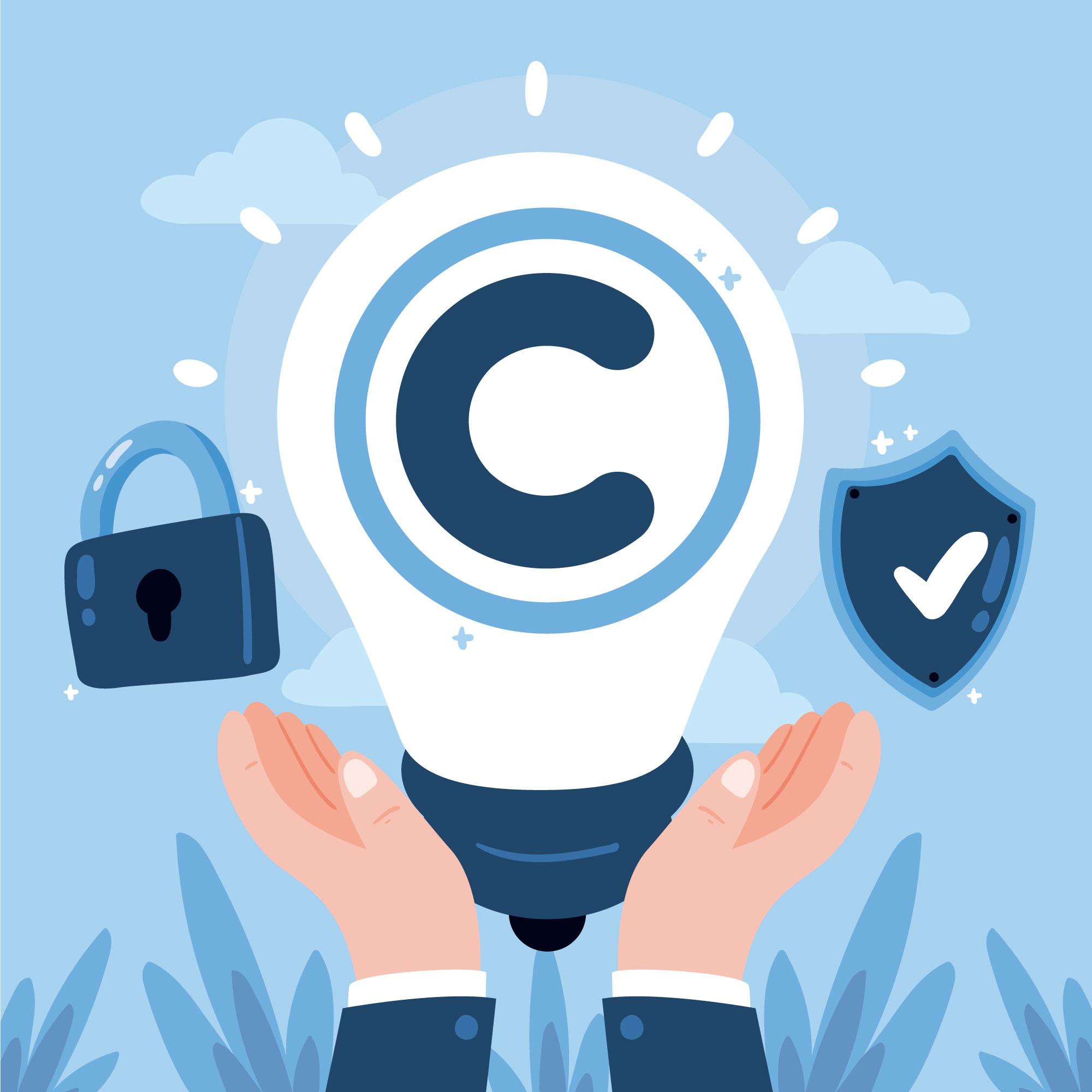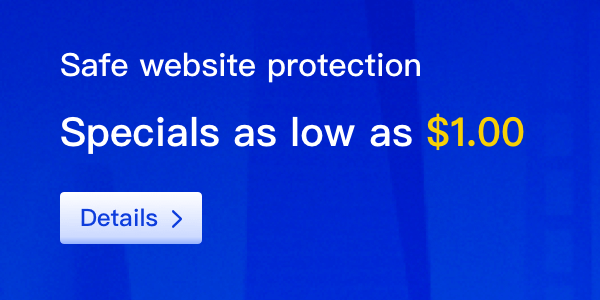Introduction
In the modern digital age, protecting intellectual property has become increasingly important. Intellectual property is defined as the unique ownership of creative and original works, such as trademarks, patents, and copyrights. These rights can help businesses enhance their reputation, protect their brand, and optimize profits. However, these rights also need to be protected to ensure they are not infringed upon or abused. In this article, we will explore how to use a domain registrar to protect your intellectual property.

How a Domain Registrar Protects Your Intellectual Property
Firstly, a domain is your identity on the internet. It is the name and address of your website. Therefore, protecting your domain is key to protecting your brand and intellectual property. A domain registrar can help you protect your domain. Here are some methods:
1. Register Your Domain
Firstly, you should ensure that your domain is registered and that you are the owner. This can prevent others from registering your domain and using it to damage your brand and reputation. By registering your domain, you can ensure that it is your property and that you can access and control it at any time. If your domain has already been registered by someone else, you can gain ownership by purchasing the domain or negotiating with the owner.
2. Use WHOIS Privacy Protection
WHOIS is a public database that contains information on all registered domains. This information includes sensitive information such as the name, address, email, and phone number of the domain owner. However, WHOIS privacy protection can protect your personal information and hide this sensitive information. This can help prevent spam, email scams, and malicious attacks. WHOIS privacy protection is typically provided by domain registrars, and you can choose to enable it when registering your domain.
3. Register Related Domains
You can also register other domains related to your brand and business. This can prevent others from registering similar domains and using them for deception, spam, and scams. By registering other related domains, you can ensure the integrity and authenticity of your brand and business. For example, if your brand is ABC, you can register domains such as abc.com, abc.net, abc.org, etc. This way, even if someone registers a similar domain, it will not affect your brand image and business operations.
4. Activate DNSSEC
DNSSEC is a security extension used to verify DNS resolution. It can help prevent DNS cache poisoning and DNS spoofing attacks. By activating DNSSEC, you can ensure that your domain resolution is secure and prevent malicious attacks. DNSSEC is typically provided by domain registrars, and you can choose to enable it when registering your domain.
5. Monitor Your Domain
Finally, you should regularly monitor your domain. This can help you detect any unauthorized activity such as domain transfers and changes to domain information. If you detect any issues, you should immediately contact your domain registrar and take necessary measures to protect your intellectual property.
Conclusion
In the digital age, protecting intellectual property has become increasingly important. A domain is your identity and brand on the internet, so protecting your domain is key to protecting your intellectual property. By registering your domain, using WHOIS privacy protection, registering related domains, activating DNSSEC, and monitoring your domain, you can protect your intellectual property and prevent malicious attacks. If you want to learn more about how to protect intellectual property, consult a professional intellectual property lawyer.






















